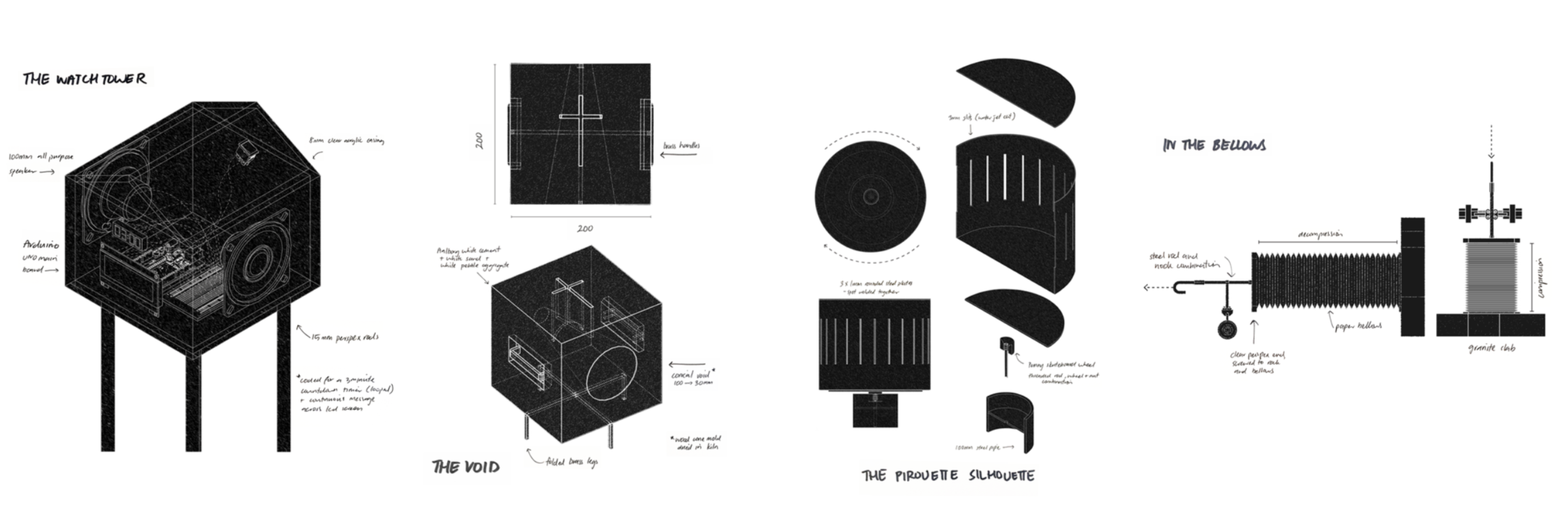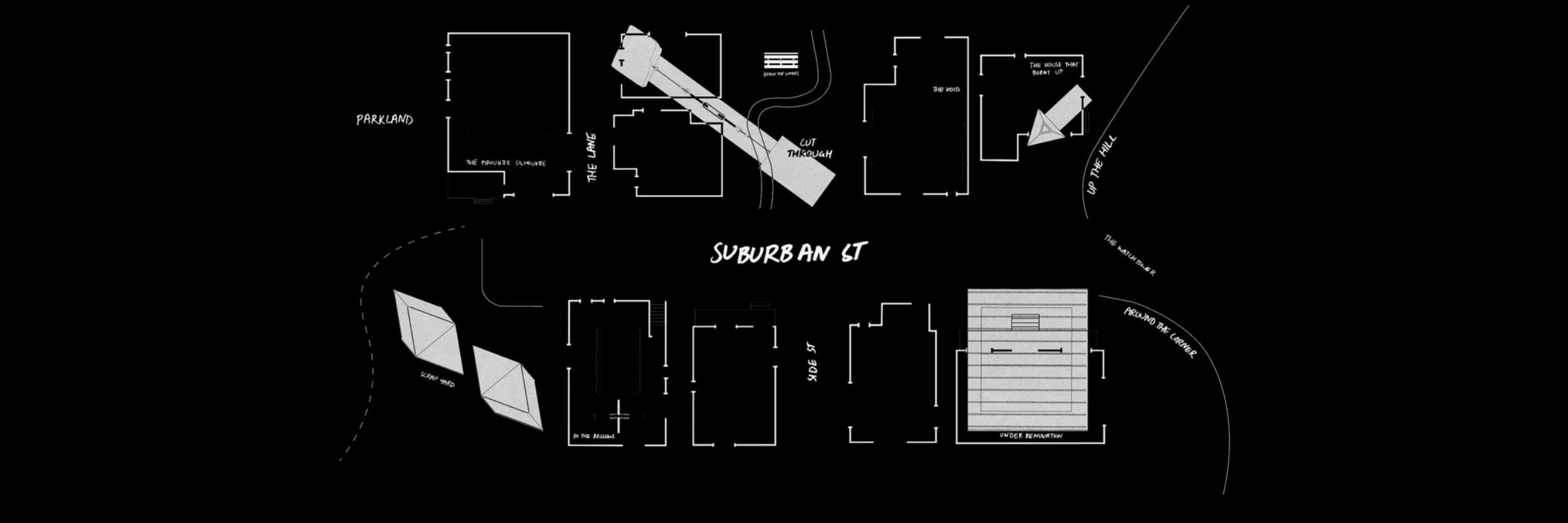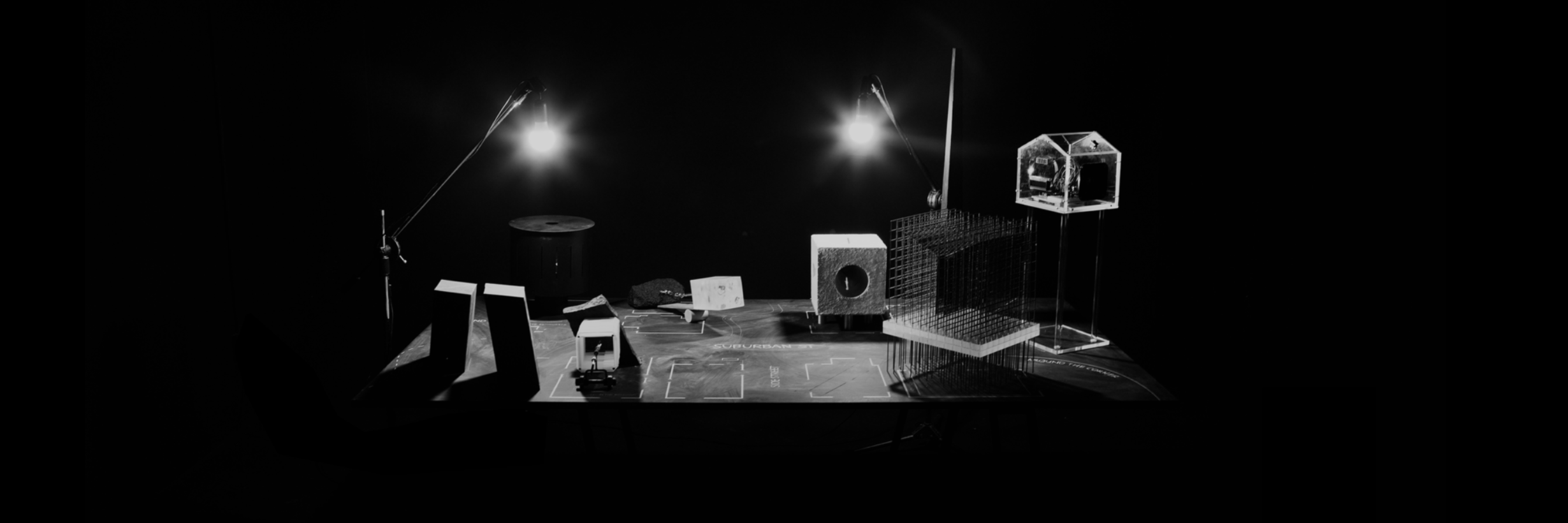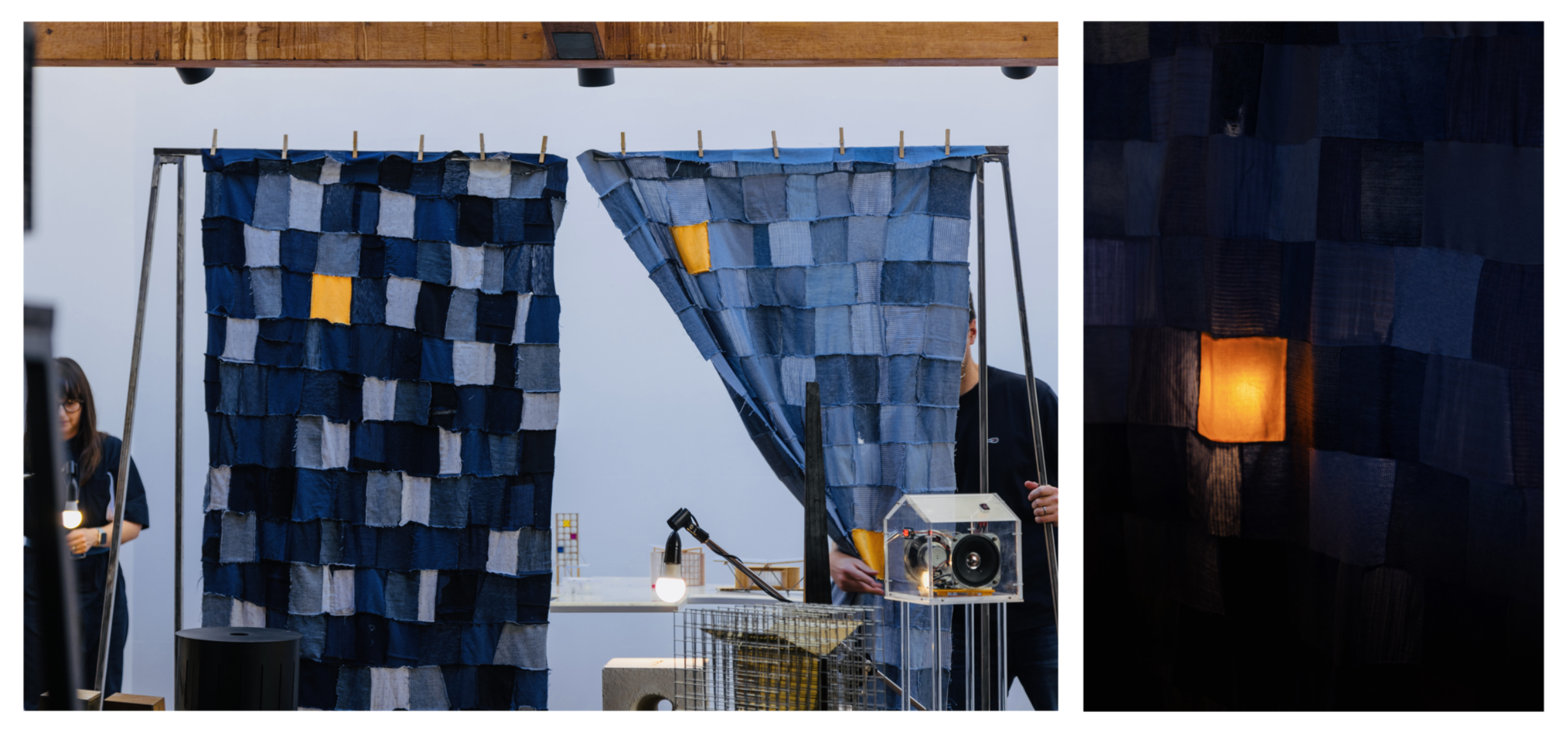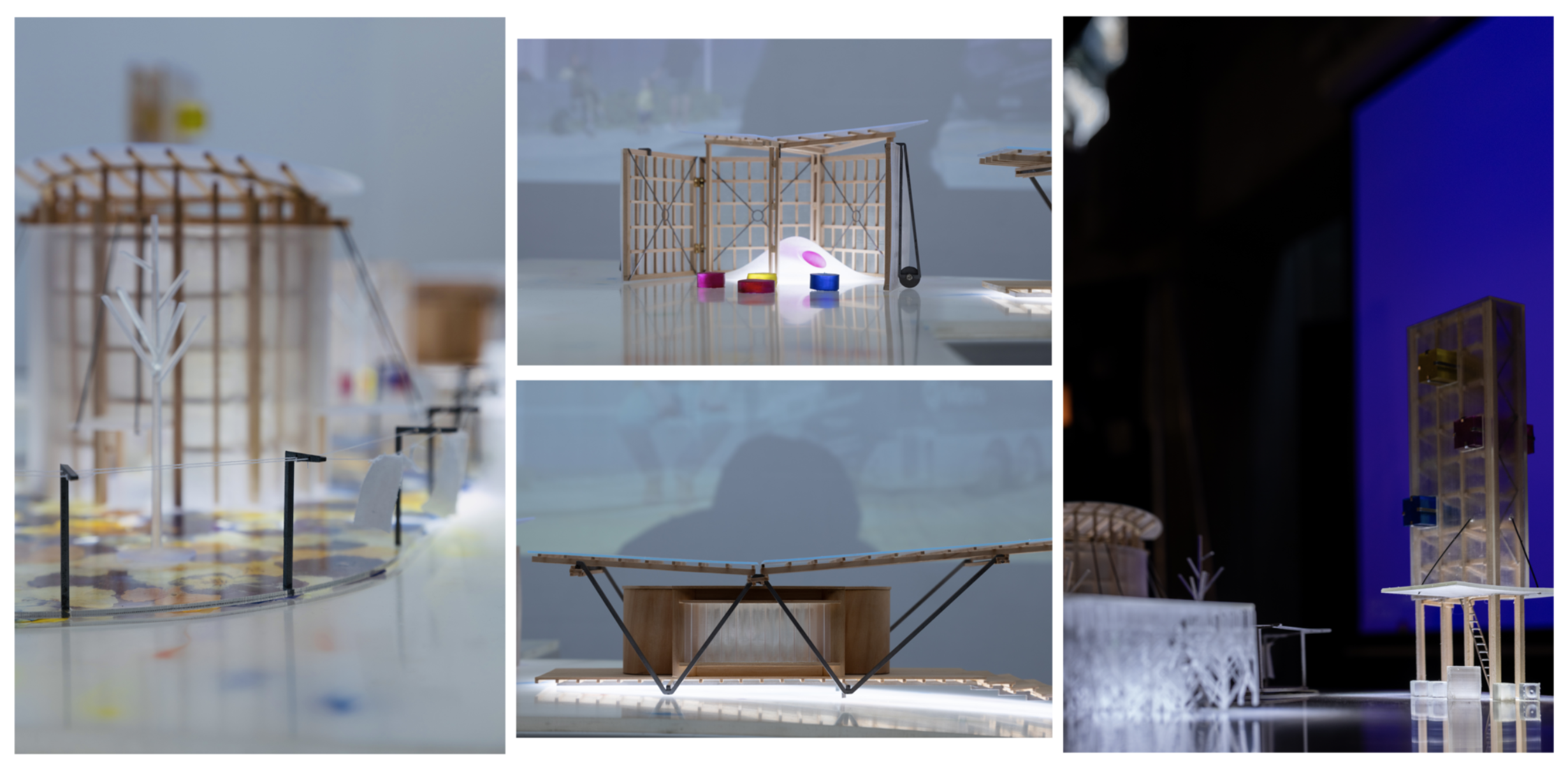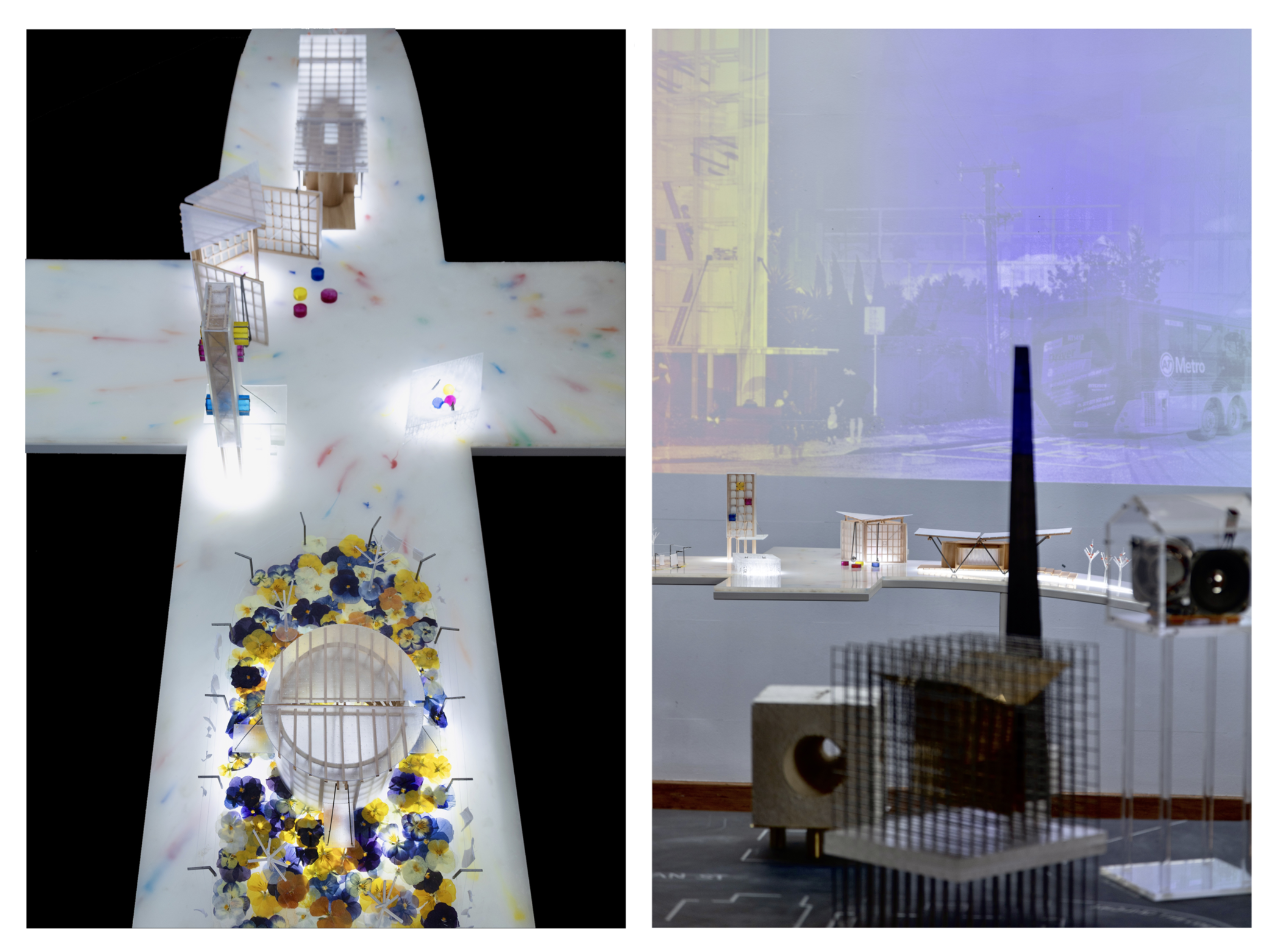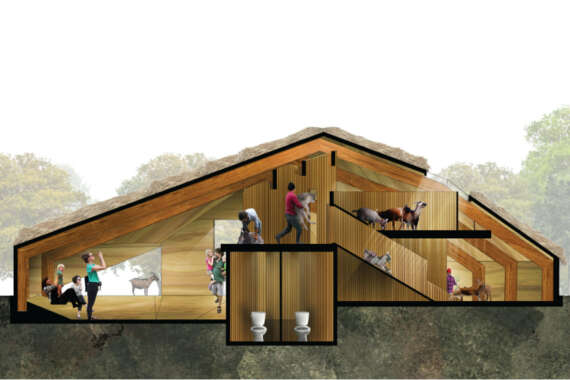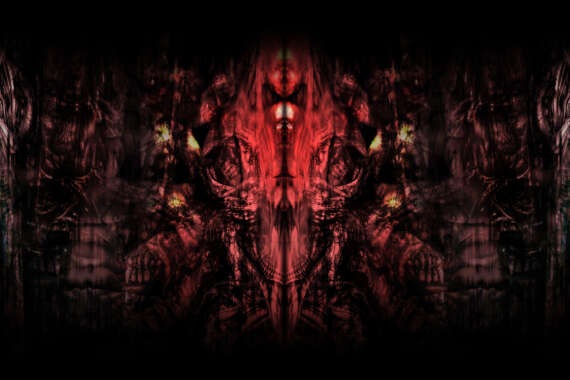To the Lighthouse
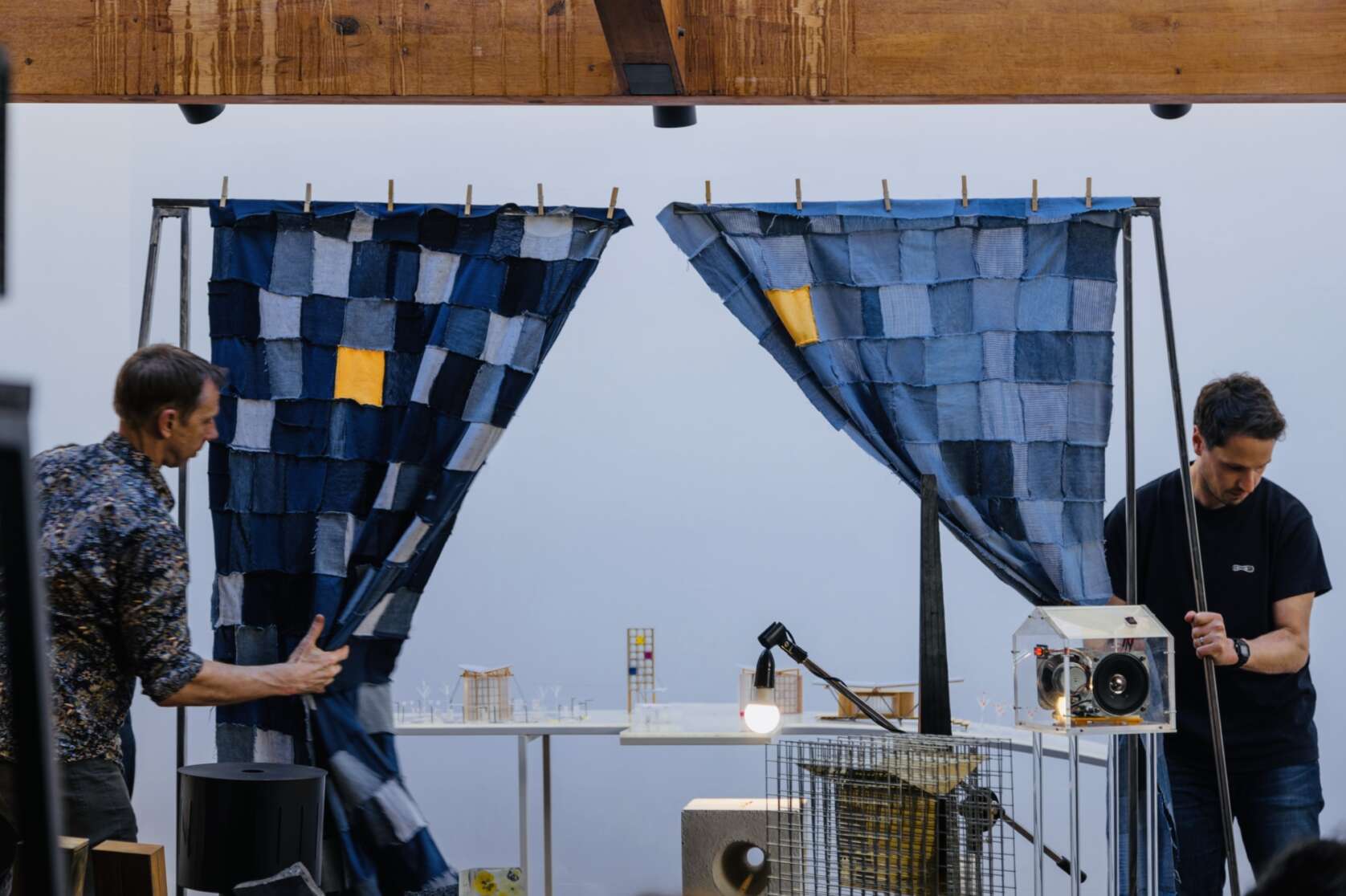
This thesis asks how might architecture protest, give visibility to, and offer hope and care in response to family violence in Aotearoa, New Zealand?
Aotearoa has the highest rate of family violence in the developed world. Every three minutes a call is made to emergency services. On average, one in two women will experience family violence in one form or another during their lifetime. This is an intergenerational issue that cuts across socio-economic boundaries, affecting people of all genders, ethnicities, ages, and sexualities.
It is clear that no part of life here is untouched by the pain caused by family violence. The architectural profession is in no way immune from this. Nor is architecture itself which bears witness to these acts. I am not suggesting that architecture alone can solve this issue. Instead, this work is intended as a provocation that puts forward an alternative way to think about how architecture could play a role in our social sustainability.
Rather than designing architectures that focus on the consequences of family violence, my intent in this project has been to speculatively consider shifts in community spaces that might influence the context in which violence occurs.
Being part of an academic institution gives me the privilege of examining this area at a distance. The work is a protest affirming the urgency of an architectural response. The work can also be seen as a wish to speculate on the nature of world-building beyond family violence.







